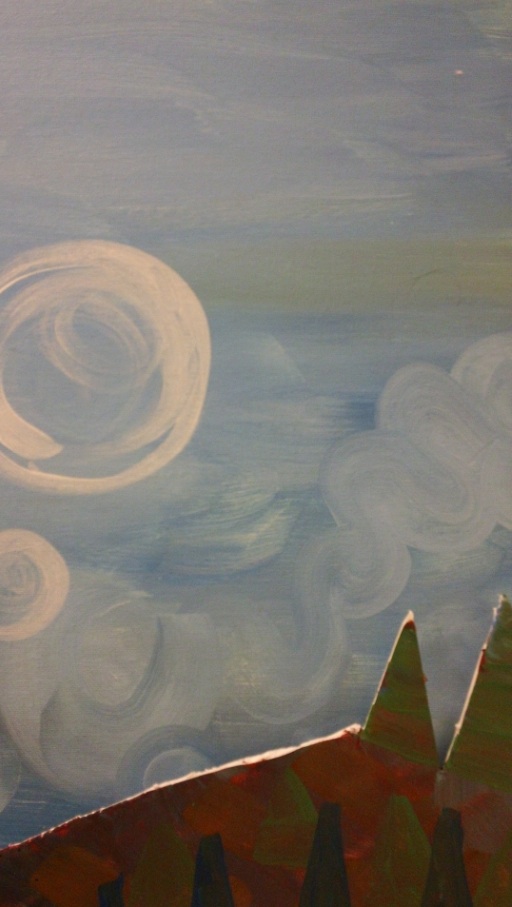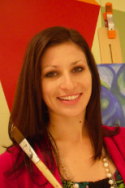 To me, some of the most eye-catching and inspiring pieces of artwork found at The Walt Disney Family Museum are examples of something called “concept art.” In the context of animated films, concept art determines the look and the feel of an animated world. Concept art establishes the color palette and shape preferences of a film. In turn, these types of visual choices help generate the mood of animated sequences.
To me, some of the most eye-catching and inspiring pieces of artwork found at The Walt Disney Family Museum are examples of something called “concept art.” In the context of animated films, concept art determines the look and the feel of an animated world. Concept art establishes the color palette and shape preferences of a film. In turn, these types of visual choices help generate the mood of animated sequences.
Concepts by a number of artists are exhibited at the museum, including the work of Mary Blair, Gustaf Tenggren, Albert Hurter, and Eyvind Earle.
During Open Studio this month, participants were invited to create original pieces of concept art depicting actual or imagined locations. We worked with pastels and charcoal, exploring how the materials could be shaded and blended to best effect for a particular setting or tone.
Concept art can be made fairly simply at home using easy-to-find materials. Though concept art is often created for the production of a film, you might find a number of other uses for this project. For example, when designing or redecorating a room, it might be useful to determine which colors and shapes will create the desired mood for that room. A concept drawing or painting would help establish and visualize these types of preferences. Concepts might also be useful in planning for a party, designing a comic book, or creating a website.
Follow the instructions below to create an original piece of concept art for whichever type of project you choose.
 You will need:
You will need:- Canvas or drawing paper
- Drawing pencil to sketch out basic shapes and design
- Watercolors, acrylic paint, colored pencils, pastels, charcoal, or other medium
- Pastel fixative spray or hairspray (if using pastels or charcoal)
Instructions:
- 1. Imagine a key location in a story—either one you have read or seen, or one of your own invention. It should be a location where important action takes place.
- 2. Determine what the tone of the setting should be. Should the setting make the viewer feel safe? Troubled? Excited? Frightened?
- 3. Use shapes and colors that you feel best portray the tone you would like to get across. Which colors make you feel happy or sad? Which shapes convey comfort or danger? (You might want to use a pencil to sketch out your setting before moving on to pastels or paint.)
- 4. Experiment with pastels and/or charcoal to create your piece of artwork. Use your fingertips to smudge lines, blend, and create shading. (If using a different medium, experiment with brushstroke, blending, shading, and color saturation).
- 5. Your concept art does not necessarily need to include a lot of detail. Since concepts determine the overall tone of a setting, the details matter less than the viewer’s reaction to use of shape and color.
- 6. If using pastels of charcoal, spray pastel fixative or hairspray on your finished artwork so that it does not smudge.
- 7. Stand back, and admire!

Alyssa Carnahan
Open Studio Coordinator
at The Walt Disney Family Museum
